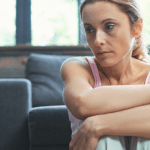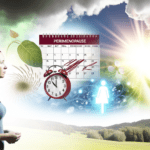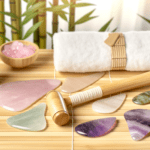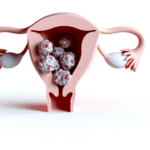My mother always told me that your life is OVER when you hit your 50’s. My business partner told me that when your ovaries shut down and no longer produce hormones, it’s like losing your pinky fingers.Another friend said … that’s just the turn that life takes. And you can try everything in your power to remain a woman – she meant hormone therapy. Or do nothing and become a granny. Do you want to be a granny? Granny’s are cute.
A lot of women feel like they are losing their minds. Are they losing their minds actually? No, they are losing their hormones. Just to recap: menopause marks the end of the reproductive years in a woman’s life, when menstrual periods stop permanently.
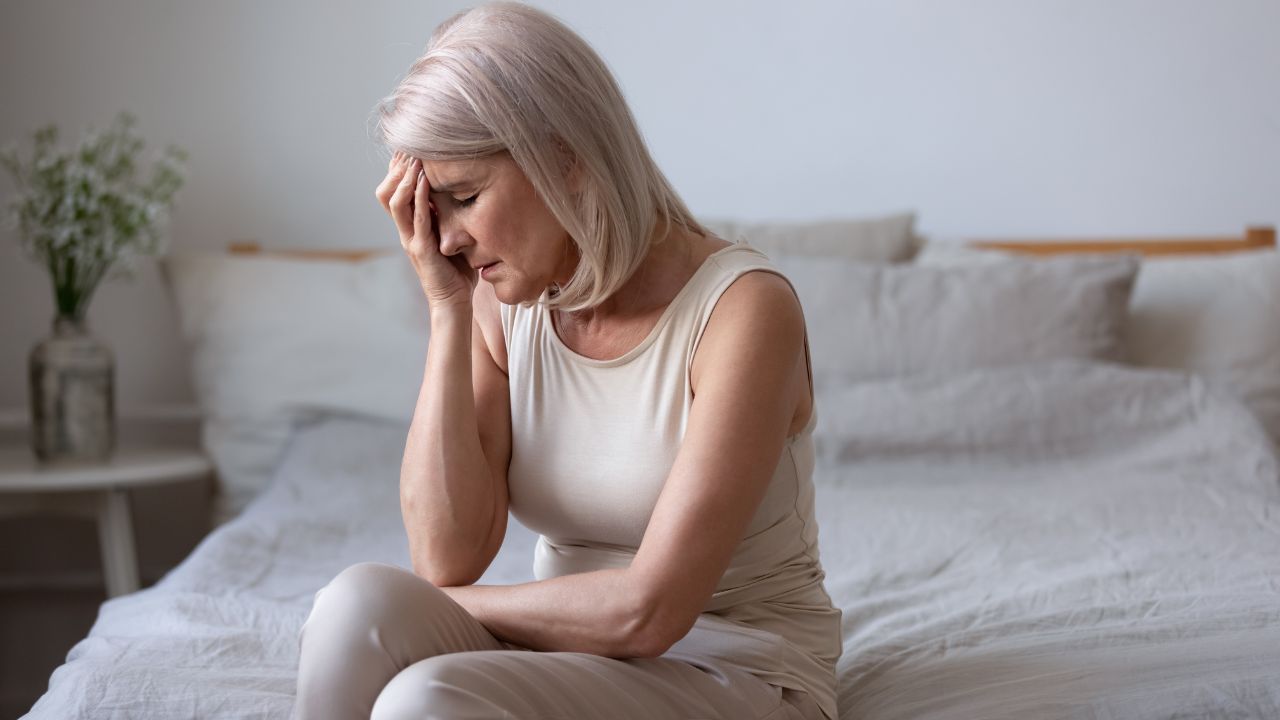
Menopause occurs naturally as a result of declining levels of the reproductive hormones, estrogen and progesterone produced by the ovaries. This can also happen prematurely after surgical removal of the ovaries, as a side effect of cancer treatments, or in a condition known as POI (primary ovarian insufficiency), where the ovaries stop working normally, in women younger than age 40. This is also known as premature ovarian failure, or premature menopause.
Menopause is usually preceded by a transient period called perimenopause, when hormone levels start to fluctuate the last couple of years leading to menopause, and may bring on symptoms such as hot or cold flashes, mood swings, insomnia, vaginal, dryness, urinary urgency, and dry skin – just watch my seven Dwarfs of menopause video, that will tell you more. Some women may also experience temporary heart racing, headaches, and hair loss.
The most telling sign that menopause is approaching is the irregularity of periods – skipping a period or two is common. Menstrual cycles may also be shorter. Periods may be heavier or lighter than usual. Most symptoms usually ease in the years after menopause, but low levels of estrogen may cause other health problems because estrogen influences so many things. Low estrogen levels increase risks for bone loss, known as osteoporosis. And also cardiovascular diseases, as estrogen has a protective action on blood vessels against cholesterol plaques.
Low estrogen also weakens the tissues supporting the urethra, causing urine leakage or urinary incontinence. Risks for urinary infections also increase after menopause.
While menopause is a natural stage of life and doesn’t require medical treatment, it is important to have a healthy diet and physical exercise. Also, to get sufficient nutrients like calcium and vitamin D to counter the risks of heart diseases and osteoporosis.
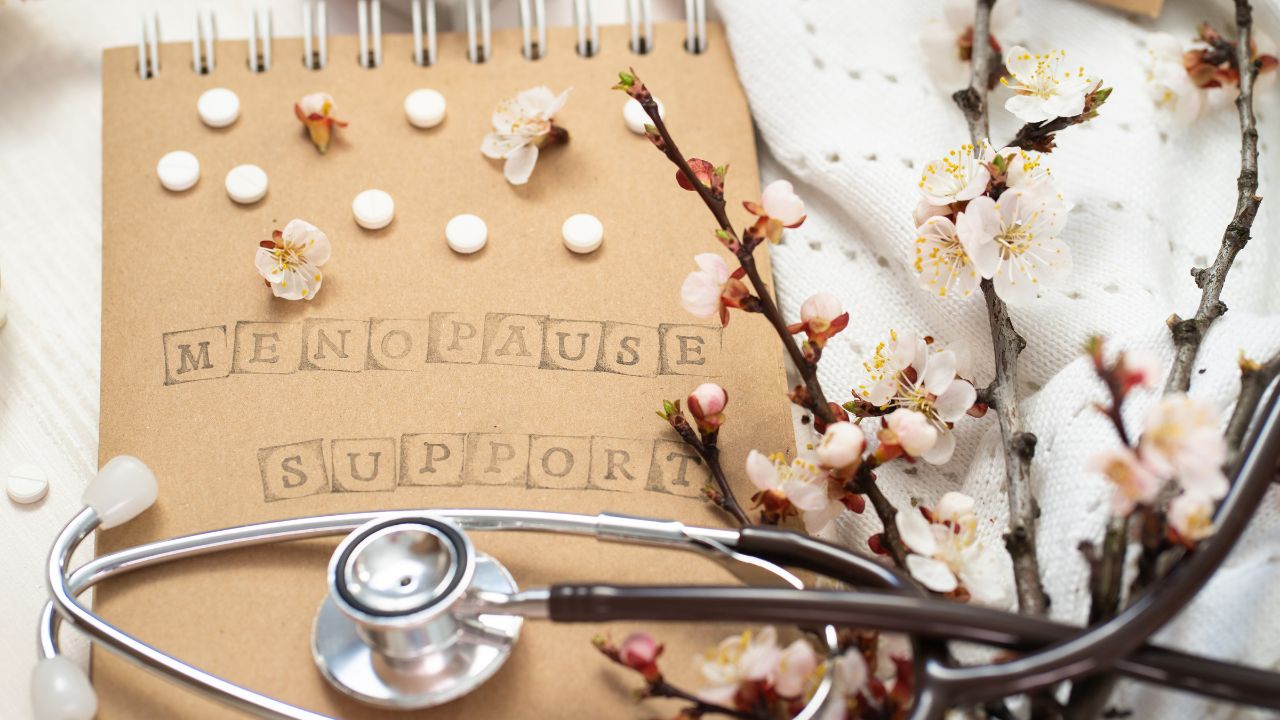
There are many options out there for women with persisting or severe symptoms. These include estrogen therapy: for instance topical estrogen, in the form of cream, tablet or ring administered directly to the vagina, which can be effective for treatment of vaginal dryness and urinary problems.
There are 3 ways to ramp up estrogen.
1. Estrogen therapy – also known as synthetic estrogen.
This is effective for treatment of severe hot flashes and may help prevent osteoporosis. However, it is associated with higher risks for cardiovascular diseases and breast cancer.
If you have all your lady parts intact (meaning you have not had a hysterectomy), estrogen therapy should be taken in conjunction with progesterone to help oppose the cancer risks.
Hormone therapy should be used at the lowest dose for the shortest duration needed to achieve treatment goals.
2. Bioidentical hormone therapy (BHT).
The imperative here is that you find the most reputable compounding pharmacy to make sure you are getting the correct dosage as bioidenticals are not regulated, as regular synthetic HT is.
We do know that when used appropriately, bioidentical hormones are safer than synthetic hormones as they are identical in chemical structure to the hormones produced by your body.
Bioidentical hormone therapy is not taught in medical schools, nor is promoted by big pharma. You may find these though your naturopath or other alternative health practitioner. Compounded bioidentical estrogens are originally derived from soy or diosgenin plant sterols (found in wild yam species), then, through several chemical steps in a laboratory, these plant sterols are formed into bioidentical hormones.
Our body produces 3 main estrogens: estriol, estrone, and estradiol and we can find these in bio identical form.
Estriol has many good studies showing safety and positive effects for urinary incontinence and vaginal dryness and thinning when given in appropriate doses. Estriol has an important role in opposing the growth of cancer cells, including cancer promoted by its sisters estrogens: estrone and estradiol.
When a woman enters menopause, estrone becomes dominant because her ovaries have stopped producing estradiol. Estrone is produced by the adrenals and in the fat cells. Estrone levels can remain high depending on the number of the individual’s fat cells. Because women have an abundance of estrone at menopause, most often estriol and estradiol is prescribed. Estriol is the most beneficial to the lady parts. In cases of atrophy and dryness, topical estriol is the most effective and safest to use.
3. Phytoestrogens.
This is the natural alternative to estrogen therapy. Phytoestrogens are plant derived compounds found in a variety of foods, most notably soy. They offer some health benefits; isoflavones, coumestans, and prenylflavonoids are three phytoestrogens with the strongest estrogenic effects.
They have many health benefits including lowered risk of osteoporosis, heart disease, breast cancer, and menopausal symptoms, however they are also considered endocrine disruptors, and may interfere with the body’s hormonal system when consumed at a sufficiently high dose indicating that they have the potential to cause adverse effects as well.
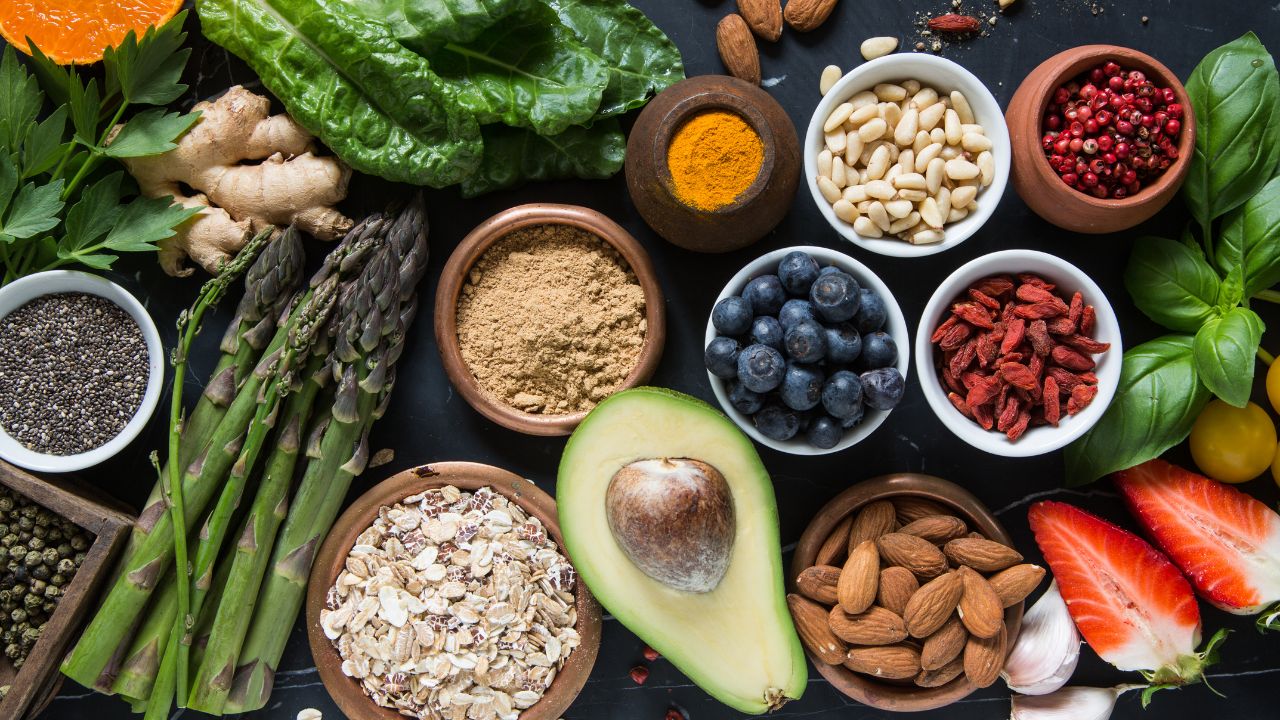
Foods especially rich in phytoestrogens include:
- Seeds: flax, pumpkin, sunflower, poppy, and sesame
- Whole grains: rye, oats, and barley
- Bran: wheat, oat, and rye
- Beans and lentils
- Fruits: especially apples and berries
- Soybeans and soy products: tempeh, soybeans, and tofu
- Vegetables: especially cruciferous vegetables such as broccoli, cabbage, and Brussels sprouts
Ideally, opt for whole foods rather than highly processed products.
Some herbs are high in phytoestrogens and can be taken in supplement form. The most significant and notable sources are: angelica, black cohosh, chaste tree berry, dong quai, evening primrose, licorice root, and red clover.
So that’s the three ways you can increase estrogens and ease your menopausal symptoms, however they all have their drawbacks. So it remains unclear whether their benefits outweigh the risks. That is for everyone to navigate and choose for themselves.
What you can do fairly easily, and that will help contribute to hormone balance is … do a detox, improve your diet and exercise.
So by detox, what I mean is:
- Detox from endocrine disruptors
If you are deciding on any of the above hormone influencers, it is imperative to remove or at the very least minimize exposure to the other known endocrine disruptors that are harmful.
Sources of xenoestrogens are pesticides, foods like beef where the animals are given hormones, farmed fish, and dairy products, plastics toxic compounds that leach into foods, cleaning chemicals, fabric softeners, bleaching chemicals, pharmaceuticals, cosmetics, and skin care products, like moisturizers containing parabens and phthalates,
Only use 100% natural and chemical free, and water free, fem care and skin care products. All of these have bad synthetic estrogenic compounds that will store in fat cells and contribute to disease.
- Clean up your diet
For many women, the symptoms of the menopause can be notably improved by simple changes to the diet. Eat at least 5 portions of fruit and vegetables each day, 7 or more is even better. Make sure you have a rainbow of different coloured fruit and veg of equal amounts. Eat adequate protein, lean meats, poultry, fish, eggs etc. At least 2 to 3 times a week. And if your vegan, make sure you’re getting enough protein from plant sources. Aim for complex rather than simple carbohydrates, i.e. choose wholegrain or wholemeal bread, brown rice and pasta.
Try to keep sugar intake low. A moderate amount of healthy oils and fats in a diet are essential, cut down on saturated fats found in full fat dairy produce and fatty meats. Try to eat natural foods, restricting the amount of packet and tinned products. Finally, try your best to cut back or to eliminate alcohol completely, as it can aggravate your symptoms.
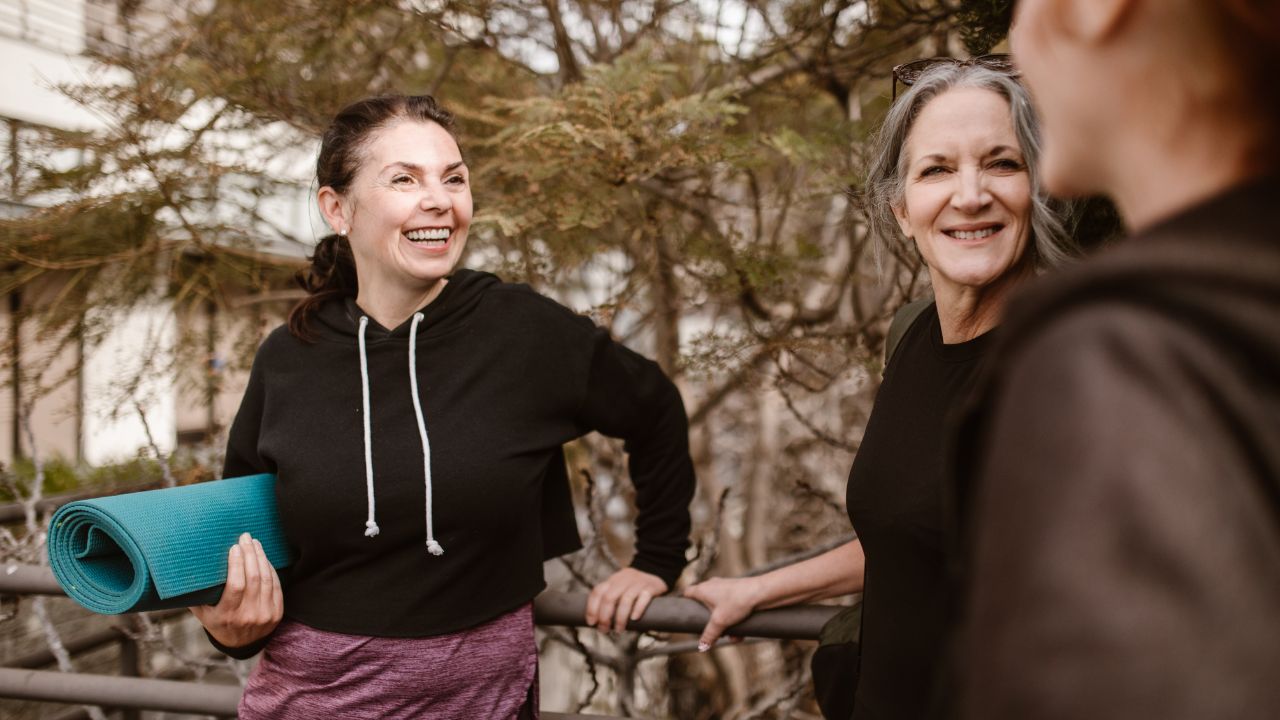
- Move your body and exercise.
Equally important; Every time you exercise your adrenal glands are stimulated to convert androstenedione (a precursor hormone produced in the ovaries, adrenal glands and fat cells), into estrogen. A minimum of four 30 minute sessions each week will give enormous benefits.
Try low impact aerobics, walking, skipping, swimming or even vigorous housework or gardening as this will not only help control weight gain but with the increase of oxygen to the brain will also help with emotional wellbeing.
To recap, yes perimenopause and menopause can feel like you’ve cut off both your pinky fingers, and your life will never be the same. However it can be managed, and there is hope for you and whatever you’re going through during this transition.
